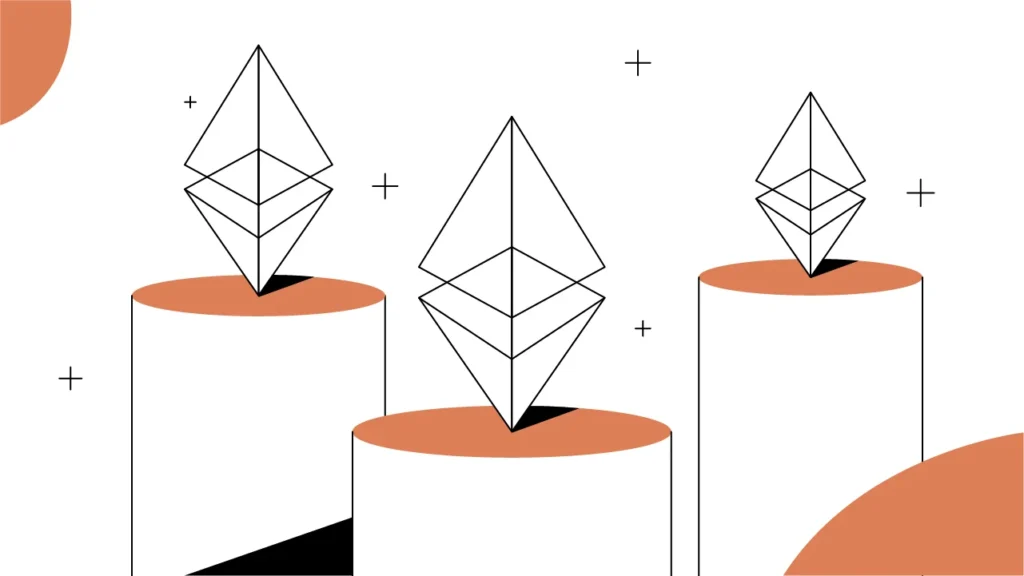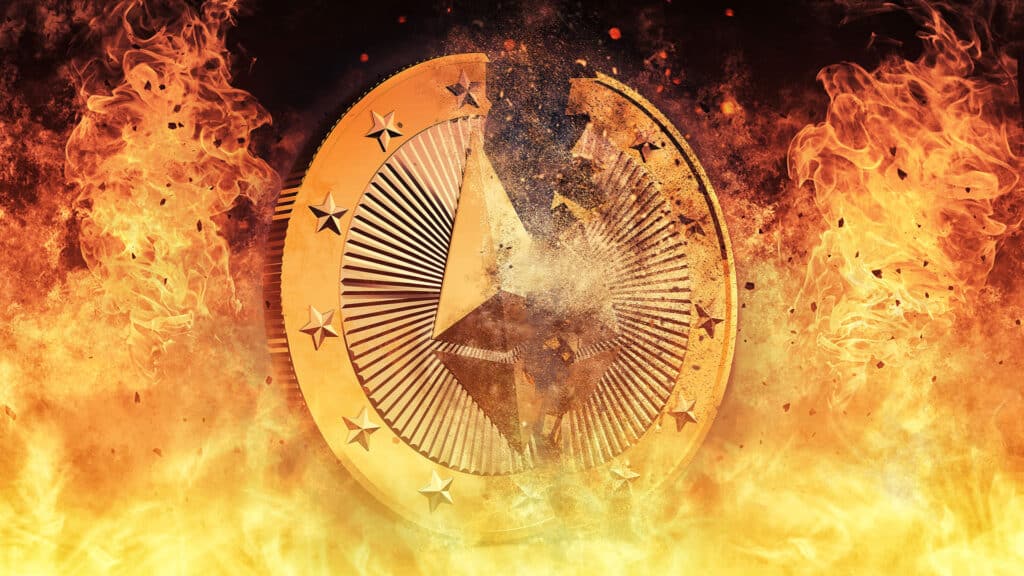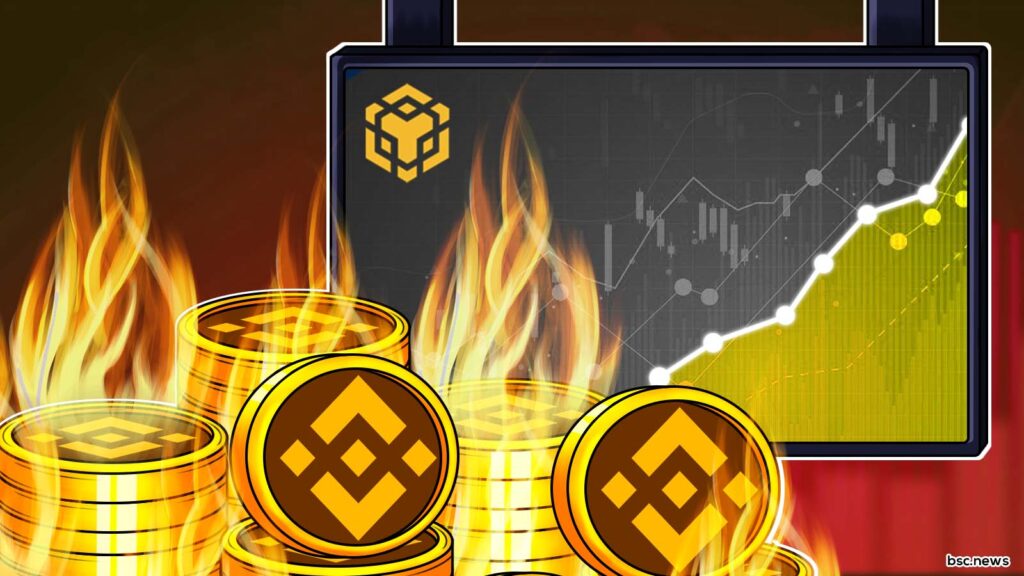In the dynamic world of cryptocurrencies, Ethereum has solidified its position as one of the leading platforms for decentralized applications and smart contracts. While its benefits are well-known, one aspect that intrigues many is Ethereum burning. Often mentioned in the context of token deflation and supply reduction, Ethereum burning plays a crucial role in maintaining the ecosystem’s health.
In this article, we will dive into the mechanics of Ethereum burning, exploring its significance, how it works, and the implications for the overall Ethereum network. By the end, you will have a comprehensive understanding of how Ethereum burning contributes to the sustainability and long-term viability of the platform.
Contents
What is Ethereum Burning?
At its core, Ethereum burning refers to the process of removing a certain amount of Ether (ETH) tokens from circulation permanently. This is typically achieved by sending ETH to an address that no one has access to or by using specialized smart contracts that ensure the tokens are irretrievable.
The goal of Ethereum burning is to reduce the total supply of ETH, creating a deflationary mechanism that can potentially increase the value of existing tokens. This process is in stark contrast to traditional inflationary systems where new tokens are regularly minted, leading to an increase in overall supply and, consequently, a potential decrease in value.
How Does Ethereum Burning Works?
Ethereum burning can be achieved through various mechanisms, each having unique implications for the network. Let’s explore the most common methods:
A substantial portion of Ethereum burning occurs through transaction fees. When users initiate transactions or execute smart contracts on the Ethereum network, they need to pay a certain amount of ETH as fees. These fees are collected by the network and subsequently burned, reducing the overall supply of ETH.
Some Ethereum-based projects or decentralized applications (dApps) conduct token-burning events as part of their tokenomics. This typically involves burning a certain percentage of their native tokens from circulation. Token burning events are often used as a strategy to increase the scarcity of tokens and, consequently, boost their value.
Within the DeFi space, Ethereum-based protocols may implement token burning as part of their governance mechanisms or staking rewards. When users stake or lock their tokens within these platforms, a percentage may be burned, creating a deflationary effect.
Implications of Ethereum Burning
By reducing the supply of ETH, Ethereum burning enhances the scarcity of the tokens in circulation. As a result, the economic principle of supply and demand comes into play, potentially leading to an increase in the value of existing ETH tokens. Ethereum burning can also contribute to the sustainability of the network by addressing potential issues related to inflation. As the total supply decreases over time, the possibility of excessive inflation diminishing the value of tokens is mitigated.
Token-burning events and deflationary mechanisms can incentivize users to participate actively in the Ethereum ecosystem. Users may be motivated to hold, stake, or use their tokens for various purposes, driving engagement and network adoption.
Challenges and Considerations
While Ethereum burning offers several advantages, it is not without challenges and considerations:
Excessive and rapid token burning can create deflationary pressure, potentially leading to volatility in token prices. Careful consideration of the rate and scale of token burning is essential to strike the right balance. Token burning can also influence the network’s overall dynamics and economic model. Careful planning and analysis are required to ensure that token burning aligns with the long-term goals of the Ethereum ecosystem.
Projects implementing token burning must ensure transparency and clear communication with their communities. Decisions related to token burning should ideally be governed through community-driven processes to maintain trust and inclusivity.
Ethereum burning is a critical aspect of the Ethereum network that fosters token deflation and contributes to the platform’s sustainability. By reducing the total supply of ETH through mechanisms such as transaction fees, token-burning events, and DeFi protocols, Ethereum burning enhances scarcity and value appreciation. Additionally, it incentivizes active participation within the Ethereum ecosystem.
However, striking the right balance and ensuring transparency in token-burning decisions are essential to maintain a healthy and thriving ecosystem. As Ethereum continues to evolve and address the challenges of tokenomics, Ethereum burning will play a crucial role in shaping the future of this pioneering blockchain platform.




